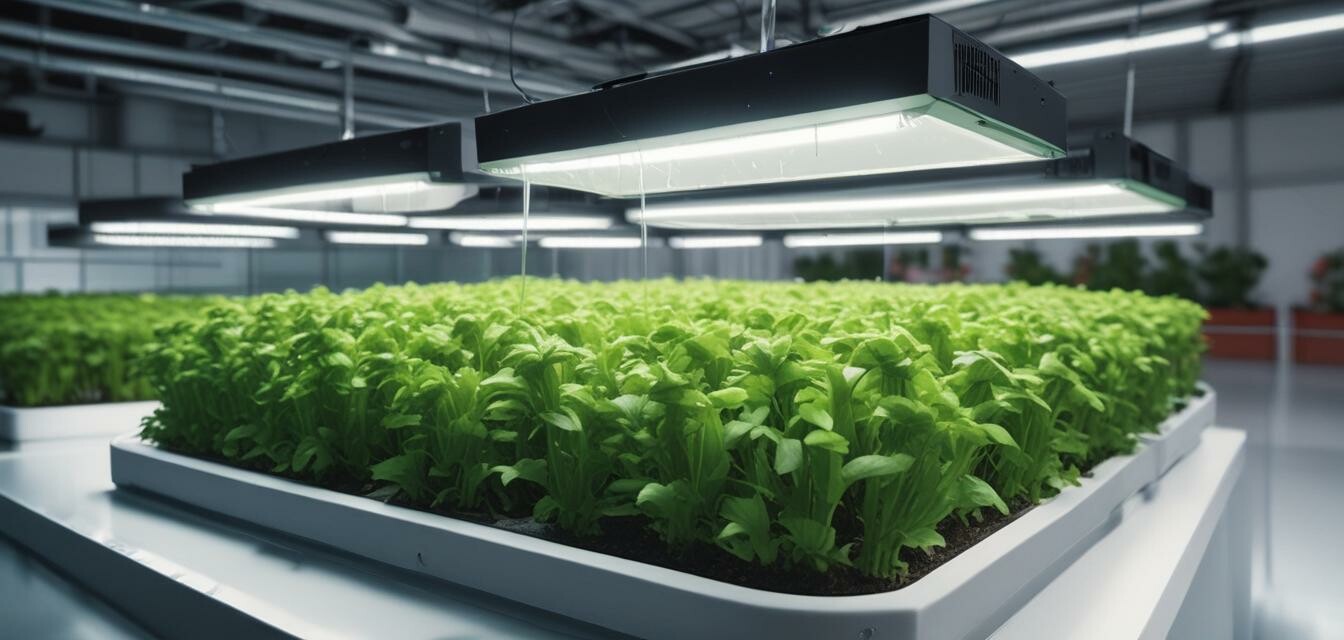
The Rise of Smart Hydroponics in 2024
Key Takeaways
- Smart hydroponics utilize automation and technology for efficient growing.
- Beginner-friendly systems help newcomers enter the hydroponic space.
- Advanced setups benefit both home gardeners and commercial growers.
- Monitoring systems provide real-time data for optimal plant health.
- Smart technologies lead to more sustainable and productive gardening.
As we move into 2024, the world of hydroponic gardening is witnessing an exciting transformation. Smart hydroponics is not just a buzzword; it represents a significant leap in how we cultivate plants without soil. This article will explore the advancements in automated systems and how they are making gardening more accessible and efficient for both beginners and seasoned gardeners.
Understanding Smart Hydroponics
Smart hydroponics integrates modern technology into traditional hydroponic systems. These innovations facilitate the growth of plants in nutrient-rich solutions while minimizing human intervention. Sensors, automated nutrient dosing, and advanced monitoring create a seamless growing experience.
Components of Smart Hydroponic Systems
| Component | Description |
|---|---|
| Sensors | Devices that measure environmental parameters like pH, temperature, and humidity. |
| Automated Nutrient Delivery | Systems that automatically adjust nutrient levels based on plant needs. |
| Grow Lights | LED lights that simulate sunlight, promoting faster plant growth indoors. |
| Monitoring Software | Apps and platforms that provide real-time data on plant health and growing conditions. |
Benefits of Smart Hydroponics
For Beginners
Smart hydroponic systems are designed with the user in mind. They eliminate much of the guesswork traditionally associated with gardening, making it an ideal choice for beginners. Here are some benefits:
- Easy Setup: Many smart systems come pre-assembled and require little setup.
- User-Friendly Apps: Monitor plant health and growing conditions via smartphone apps.
- Automated Maintenance: Minimize daily upkeep with automated nutrient delivery and watering.
For Experts
Experienced gardeners can take advantage of smart hydroponic systems to maximize yields and efficiency. Here’s how:
- Precision Farming: Fine-tune growing conditions with real-time data from sensors.
- Resource Efficiency: Reduce water and nutrient waste significantly.
- Scalability: Expand operations easily with modular designs.
Challenges and Considerations
While smart hydroponics is revolutionizing gardening, it's essential to recognize potential challenges:
Pros
- Enhanced control over growing conditions.
- Reduction in human error in nutrient management.
- Environmentally friendly with minimal resource waste.
- 24/7 monitoring capabilities.
Cons
- Initial setup costs can be high.
- Technical knowledge may be required for troubleshooting.
- Possible reliance on technology that may fail.
The Future of Smart Hydroponics
Looking ahead, the future of smart hydroponics appears bright. Innovations in technology will continue to emerge, including:
- Integration of AI for predictive analytics in plant growth.
- Improvements in energy-efficient systems to reduce carbon footprints.
- Enhanced connectivity allowing for smarter systems in urban settings.
As smart hydroponics garners more attention, the market is likely to see various innovations and trends shaping the way we grow food. Interested in exploring more about hydroponic technologies? Check out our guide on Buying Guides or stay up to date with the latest News and Trends.
Conclusion
The rise of smart hydroponics is transforming the gardening landscape in 2024. With accessible technology, both newcomers and expert gardeners can cultivate plants efficiently and sustainably. As smart systems become more prevalent, it’s an exciting time for the future of hydroponic gardening, offering new possibilities for growing fresh produce year-round.

